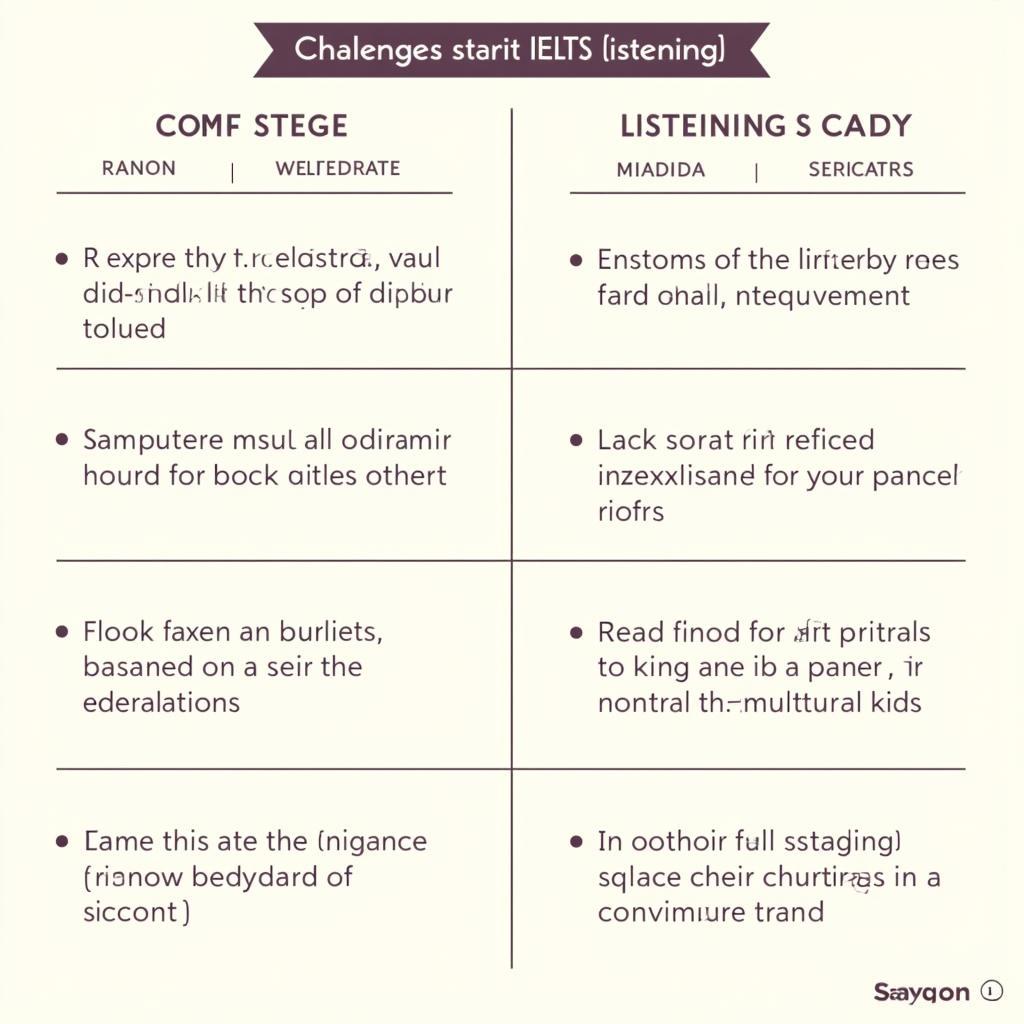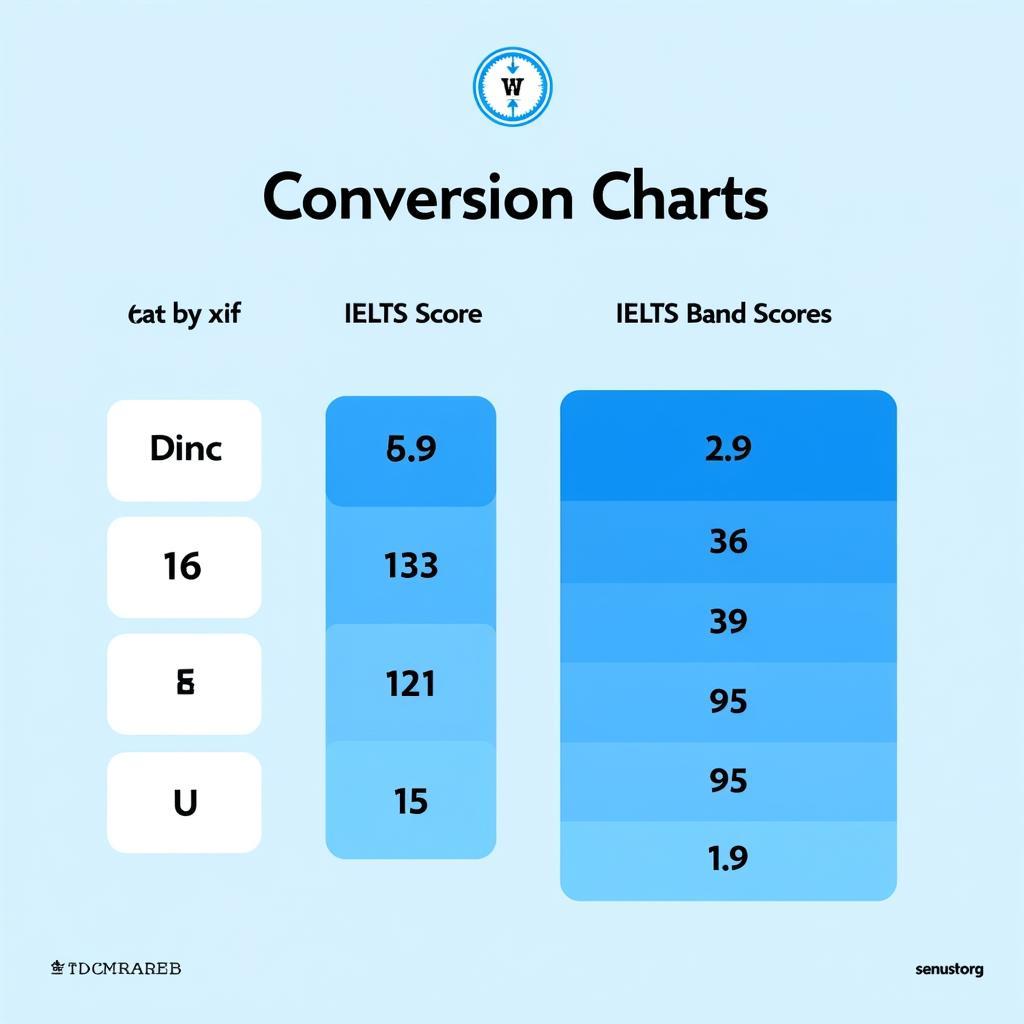The IELTS listening section presents unique challenges, particularly when it comes to understanding different English accents. As an experienced IELTS instructor, I’ve observed that successful candidates are those who develop a systematic approach to practicing listening with real-life audio. Let’s explore proven strategies to enhance your listening comprehension across various accents.
Understanding the Importance of Accent Familiarity
Different accents in IELTS listening aren’t just a challenge – they’re an opportunity to demonstrate your real-world English comprehension skills. The test typically includes:
- British (RP) accent
- Australian accent
- North American accent
- New Zealand accent
- Various regional British accents
 IELTS Listening Practice with Different English Accents
IELTS Listening Practice with Different English Accents
Effective Strategies for Accent Recognition
To excel in how to improve english listening skills for ielts, consider these proven approaches:
- Daily Immersion Practice
- Listen to international news broadcasts
- Watch documentaries from different English-speaking countries
- Follow podcasts featuring diverse English accents
- Engage with YouTube channels from various English-speaking regions
- Focused Accent Training
- Start with familiar accents
- Gradually introduce challenging variations
- Practice with both formal and informal speech
- Record and compare your pronunciation
Dr. Sarah Thompson, IELTS Speaking Examiner with 15 years of experience, notes: “Students who regularly expose themselves to varied accents typically score 1-1.5 bands higher in the listening section.”
Advanced Techniques for Accent Adaptation
Pattern Recognition
listening for emotional tone shifts is crucial when dealing with different accents. Focus on:
- Word stress patterns
- Intonation variations
- Common pronunciation features
- Regional vocabulary differences
 IELTS Listening Pattern Recognition Strategies
IELTS Listening Pattern Recognition Strategies
Speed Adjustment Techniques
handling changes in speaking speed becomes easier when you:
- Practice with varying playback speeds
- Focus on key words rather than every word
- Develop prediction skills
- Use context clues effectively
Common Accent Challenges and Solutions
British Accents
- Focus on linking words
- Pay attention to dropped ‘t’ sounds
- Practice with BBC programs
- Study regional variations
Australian Accents
- Note rising intonation patterns
- Learn common Australian terminology
- Practice with ABC broadcasts
- Understand vowel modifications
listening for changes in speakers tone becomes particularly important when dealing with Australian speakers.
Practical Exercise Framework
- Daily Practice Routine
- 15 minutes: News broadcasts
- 15 minutes: Casual conversations
- 15 minutes: Academic lectures
- 15 minutes: Practice tests
- Weekly Assessment
- Record progress with different accents
- Identify persistent challenges
- Adjust study focus accordingly
- Track improvement patterns
FAQ: Common Questions About Accent Practice
How long should I practice with different accents daily?
Aim for at least 30-45 minutes of focused practice with varied accents each day.
Which accent is most common in IELTS?
British RP (Received Pronunciation) is most common, but expect to hear other accents too.
Can I practice with movies and TV shows?
Yes, but focus on clear speech content like news and documentaries initially.
How do I deal with unfamiliar regional expressions?
Focus on context and main ideas rather than individual expressions.
What’s the best way to improve accent recognition quickly?
Regular exposure to multiple accents through podcasts and news broadcasts.
Remember, success in IELTS listening comes from systematic practice and exposure to varied accents. Start your practice today, and you’ll see improvement in your accent recognition skills within weeks.


